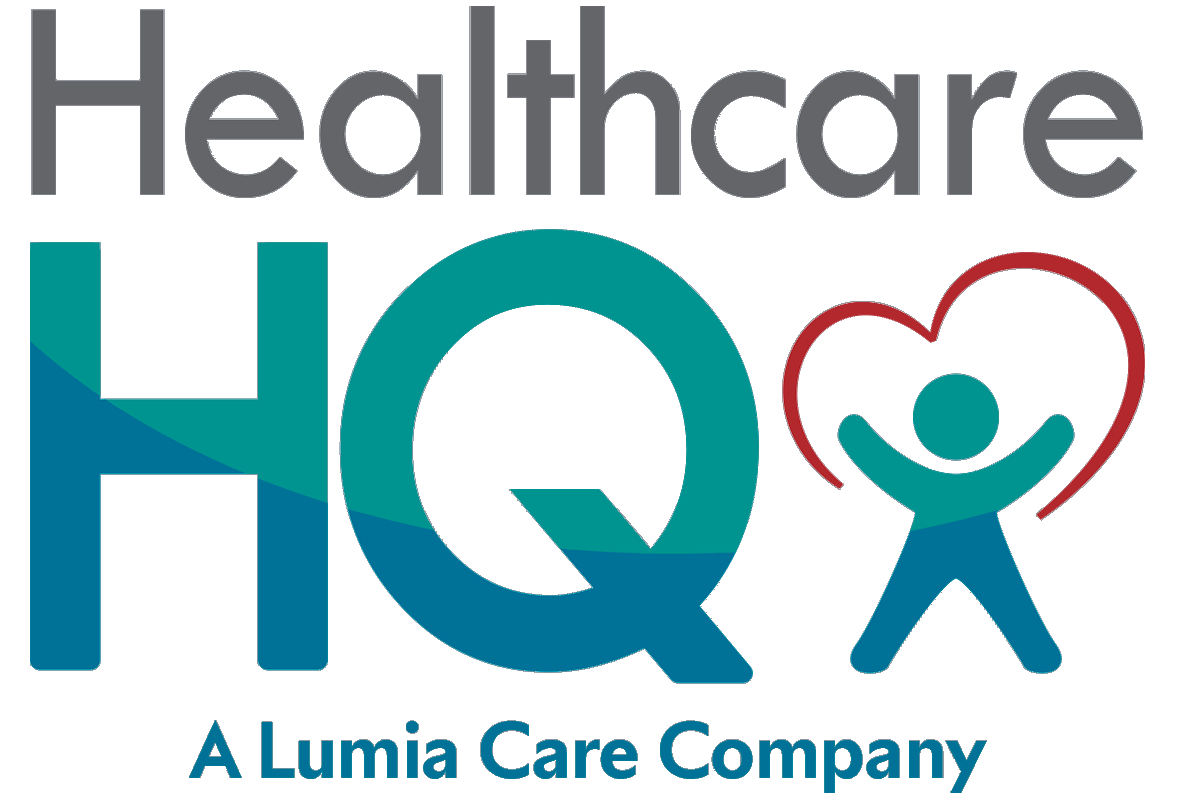According to Diabetes Australia, 280 Australians develop diabetes each and every day. That’s the equivalent of one person every five minutes! Nurses are exposed to this fact every day of their working lives and understand the importance of educating patients and promoting self care management.
Diabetes is a complex yet manageable condition. However, the key to successfully living with diabetes requires daily self care, together with oral medication or insulin injections with food and activity. If complications arise, however, this can have a considerable impact upon one’s quality of life and overall life expectancy. When that balance is off kilter, one of two things will happen: either blood glucose drops too low (referred to as hypoglycaemia), or blood glucose rises (referred to as hyperglycaemia).
Unfortunately, we know that there is currently no cure for diabetes; however, those living with diabetes can still live an enjoyable life by learning about the condition and effectively managing it well.
Hyperglycemia
Hyperglycemia, the term used for high blood sugar/blood glucose level, is caused by the body developing a resistance to or the inability of the pancreas to produce insulin.
Defined by the World Health Organisation, hyperglycemia is when:
Blood glucose levels are greater than 7.0 mmol/L when fasting
Blood glucose levels are greater than 11.0 mmol/L 2 hours after meals
The main 3 symptoms of hyperglycemia are increased urination, increased thirst and increased hunger. Other symptoms can include weakness or feeling tired, weight loss or blurred vision.
Short term complications of hyperglycemia include ketoacidsosis and hyperosmolar hyperglycemic nonketotic syndrome.
The risk of ketoacidosis becomes significant if blood glucose levels rise above 15 mmol/l (270 mg/dl). Ketoacidosis is a dangerous complication that mainly affects people with type 1 diabetes but can also affect some insulin-dependent people with type 2 diabetes.
There is a higher risk of ketoacidosis if a dose of insulin is missed or during periods of illness.
A dangerous complication, known as hyperosmolar hyperglycemic nonketotic syndrome, can affect people with diabetes if blood glucose levels remain very high, above 33 mmol/l (600 mg/dl) for an extended period of time.
Regularly experiencing hyperglycemia for extended periods of time increases the risk of organ damage occurring, which can lead to health problems more commonly referred to as long term complications of diabetes.
Hypoglycemia
Hypoglycemia — otherwise known as a hypo — is the term used for low blood sugar/blood glucose level below 4mmol/L.
It is important to treat a hypo quickly to stop the blood sugar levels from falling further, which in turn could lead to serious and potentially fatal consequences.
Hypoglycaemia can interfere considerably with one’s level of concentration and the ability to carry out day to day activities. Some activities and tasks, such as driving and operating machinery, are not safe if blood sugar levels are lower than 5.0mmol/L.
Hypoglycaemia only occurs to those who take insulin or certain other glucose lowering tablets. Those who manage their diabetes with healthy eating and physical activity are less likely to be at risk of experiencing hypo.
Hypoglycaemia can be caused by too much insulin or other glucose lowering diabetes tablets, delaying or missing a meal, not eating enough carbohydrates, more strenuous exercise than usual or drinking alcohol (the risk of hypoglycaemia increases with the amount of alcohol consumed).
Symptoms of hypoglycaemia may include shaking, trembling or weakness, sweating, pallor, hunger, light headedness, headache, dizziness, pins and needles around the mouth or mood change.
If blood sugar levels continue to drop, more serious signs and symptoms may occur such as lack of concentration/ behaviour change, confusion, slurred speech, inability to drink or swallow, inability to to follow instructions, loss of consciousness or fitting/seizures.
Living with diabetes does not change one’s basic needs, wants and desires. It will certainly make some aspects of life more challenging, but it does not – and should not – prevent those living with diabetes from enjoying and participating in life to the fullest!








